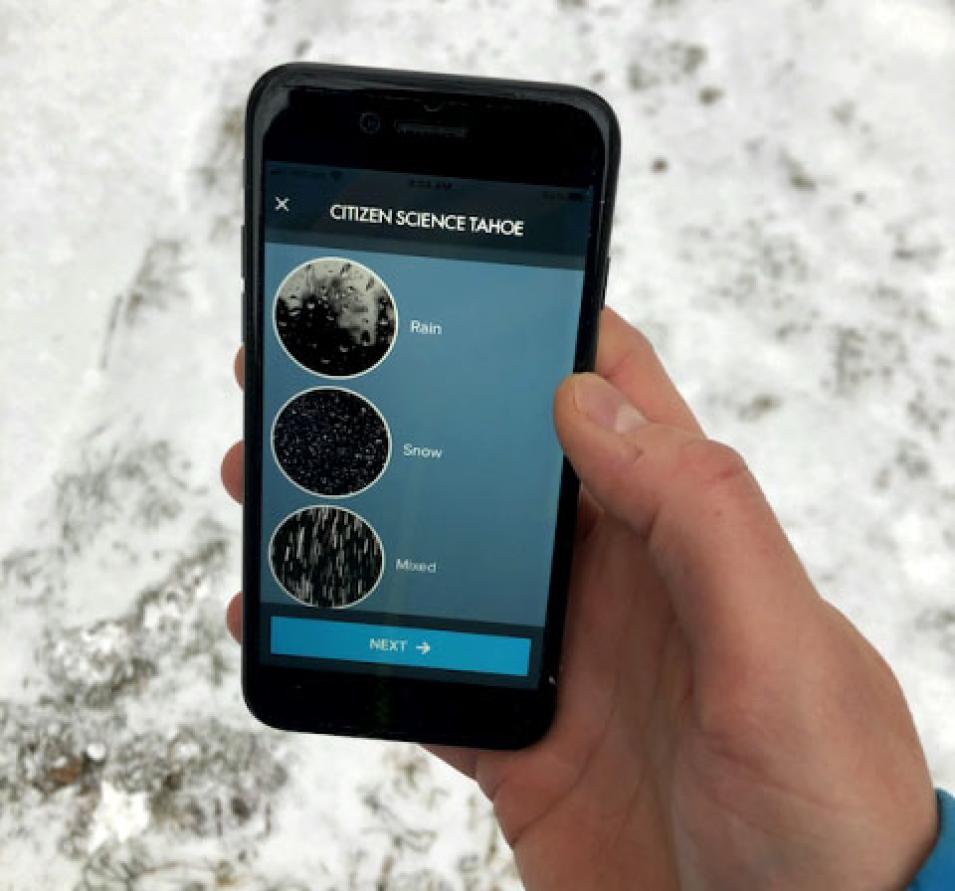As winter wanes and spring arises across North America, Arctic communities in Alaska are on-guard for the treacherous break up of freshwater river and lake ice. Melting ice, which can be difficult to spot day or night, poses many dangers, including raising the risk of floods in rural villages and increasing the chance of drownings from people falling through thin spots into frigid waters. Many of the remote villages on the watch for breaking ice have limited connection to other communities and a lack of current scientific information regarding how the spring melting season is progressing.
A NASA-funded project is aiming to improve observations and understanding of Alaska’s freshwater ice using a combination of space technology and the help of Inuit communities. The project is called Fresh Eyes on Ice and is one example of the many NASA citizen science projects that are funded through the competitive programs overseen by NASA’s Earth Science Data Systems (ESDS) Program
Citizen science is a form of open collaboration in which individuals or organizations participate voluntarily in the scientific process. Citizen scientists further NASA science investigations by formulating research questions, conducting experiments, collecting and analyzing data, interpreting results, contributing to new discoveries, and helping develop technologies and applications. Along with ESDS, other NASA programs also rely on data collected by citizen scientists, including NASA's Applied Sciences and Heliophysics programs.
In Alaska, citizen scientists are gathering important data that will help scientists and local residents accurately predict when freshwater ice will break up and potentially save property and lives. The project is partnering with the Tanana Chiefs Conference, the National Weather Service Alaska Pacific River Forecast Center, the NASA-sponsored Global Learning and Observations to Benefit the Environment (GLOBE) program, and the Alaska Climate Adaptation Science Center Tribal Resilience Learning Network.
Fresh Eyes on Ice is funded in part through the ESDS Citizen Science for Earth Systems Program (CSESP), which is focused on using NASA Earth science data to develop and implement projects that harness contributions from members of the general public to advance our understanding of Earth as a system. CSESP advances the use of citizen contributions to Earth science research by directly supporting citizen science activities and by deploying technology to further citizen involvement in research.
Dr. Gerald (Stinger) Guala is the CSESP program manager and a longtime advocate of partnering with citizen scientists in research. In this Data Chat, Guala explains what citizen scientists are, the work they do, and how researchers can acquire funding to make use of their special talents and contributions.
What are citizen scientists in Alaska doing as part of the Fresh Eyes on Ice project?
We have many local people involved, including 250 school kids. Many members are on Community-based Monitoring Teams (CBMTs) in communities across Alaska, which are made up of local scientists teamed with a teacher and their classroom students. CBMTs collect ice data and share their findings with other members of their community to promote ice safety and environmental awareness. Some citizen scientists are recording ice observations on their own and submitting them through the GLOBE Observer app and other platforms. People are doing podcasts, and there’s even an AM radio station for the remote villages giving project updates every morning so people don’t fall through the ice.
How and why does NASA value working with citizen scientists?
There's a real tradition of working with citizen scientists at NASA across a variety of divisions. Within NASA Earth Science, we connect the citizen science data with the Earth observing satellite system. One of the real benefits of citizen scientists is they can flesh out the things on the ground or water that are unclear from the satellites. The volunteers are very interested in science, great observers, very mobile, and eager to get to sometimes difficult places by boat, foot, or car. Citizen scientists can be found all over the world, which makes it possible to conduct observations on very large scales. Many people are located in areas where satellites are also passing overhead, so we can compare the data. And some projects only require people to look at images that are on the internet, so people can be anywhere and do it, which means we have a gigantic number of people who can be involved.
Who volunteers for citizen science projects?
We try to get projects to diversely recruit people, and some research involves particular communities. Citizen scientists are often recruited from sources such as the SciStarter website or researchers advertise to specific geographic areas and groups, such as the indigenous Inuit groups working with the Fresh Eyes on Ice study.
We are actively working to overcome the bias that citizen scientist communities tend to be people who have higher levels of education and affluence, live in urban areas, and have free time to volunteer. They typically own a smartphone or have an internet connection for data gathering and transmission. There are even citizen scientists who’ve been so excited about their work that they’ve spent their own time and money to go on a cruise to study phytoplankton in Antarctica.
One thing that is important to note is we really value that citizen scientists are volunteers. We place an emphasis on treating them well, making them feel part of the scientific process, communicating the results of research to them, and educating researchers on how best to [incorporate them].
Along with Fresh Eyes on Ice, what are some other examples of NASA Earth Science citizen science projects?
NASA NeMO-Net is a great example of one of the agency’s citizen science projects. NeMO-Net is a single player iPad game where players help NASA classify coral reefs by painting 3D and 2D images of coral. That's a great one because they made the software openly available and now a whole bunch of people are using it and giving it a life of its own.
